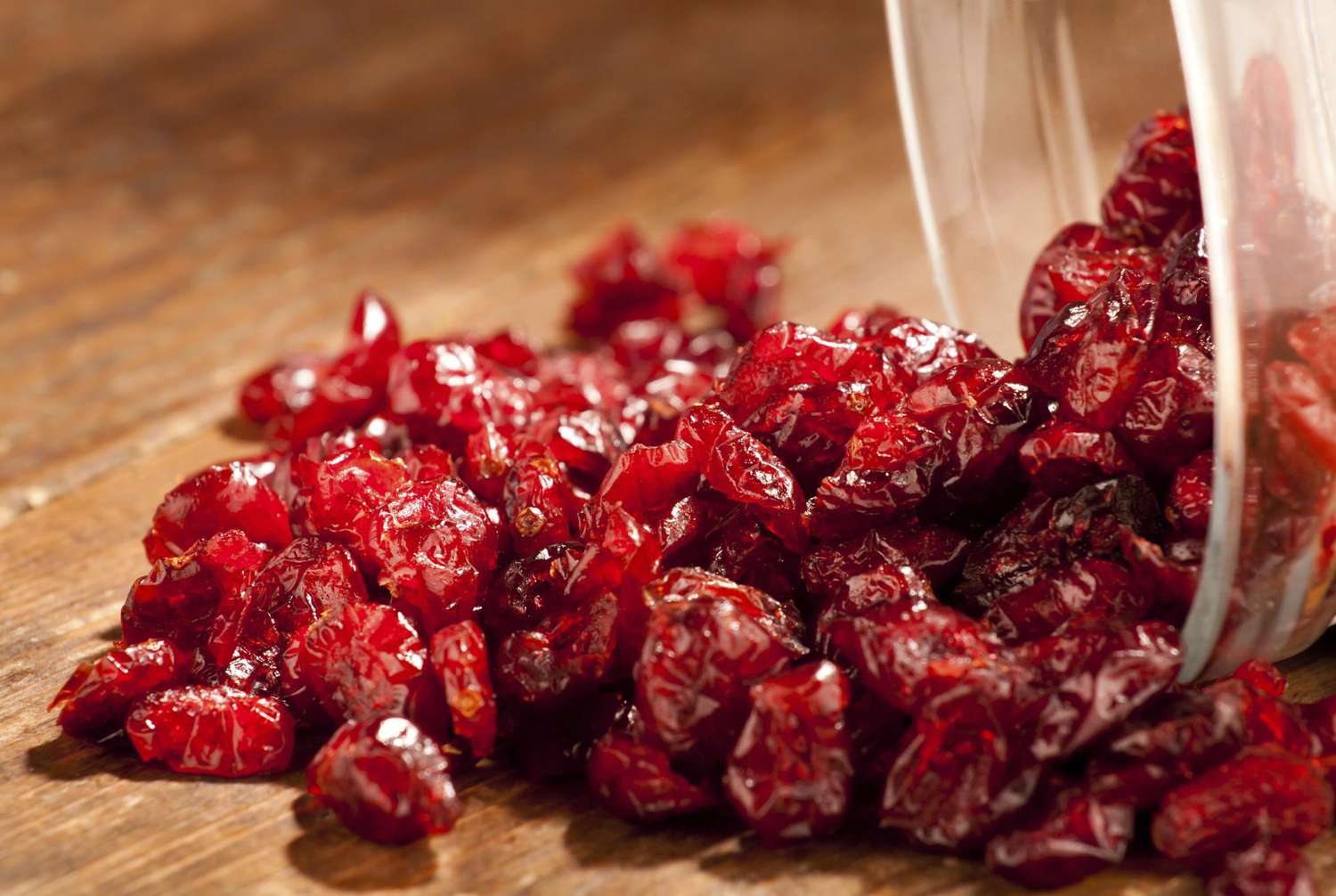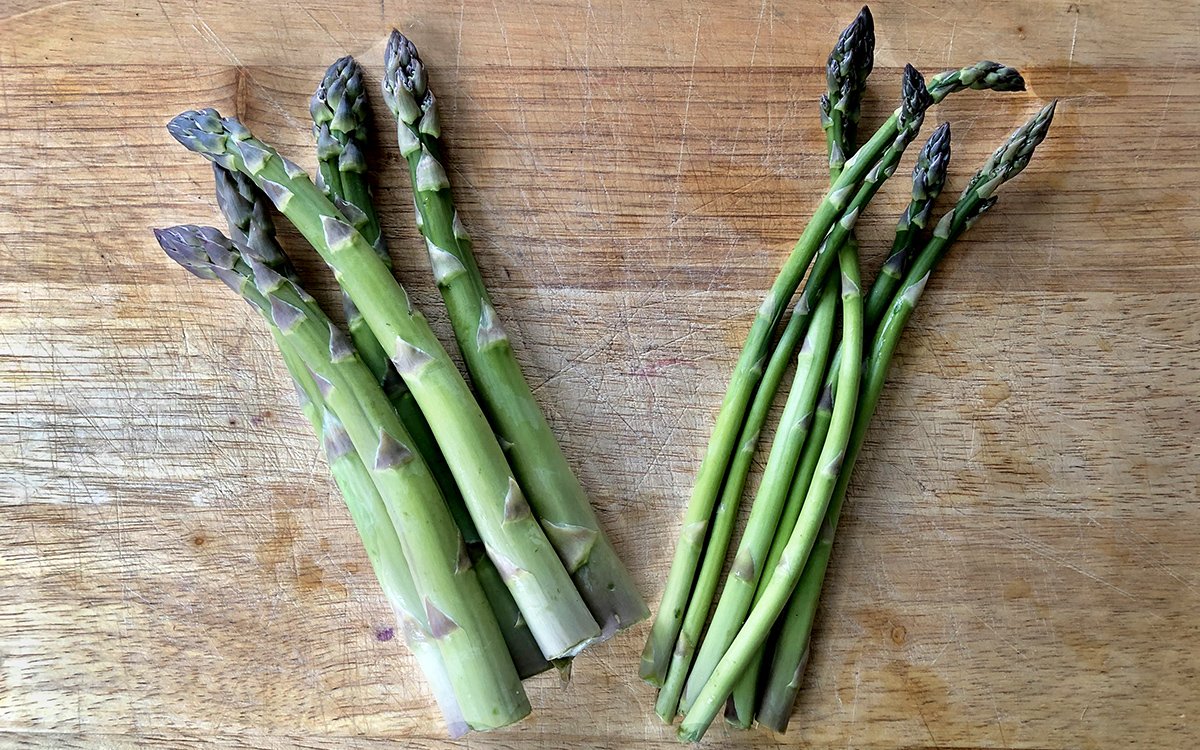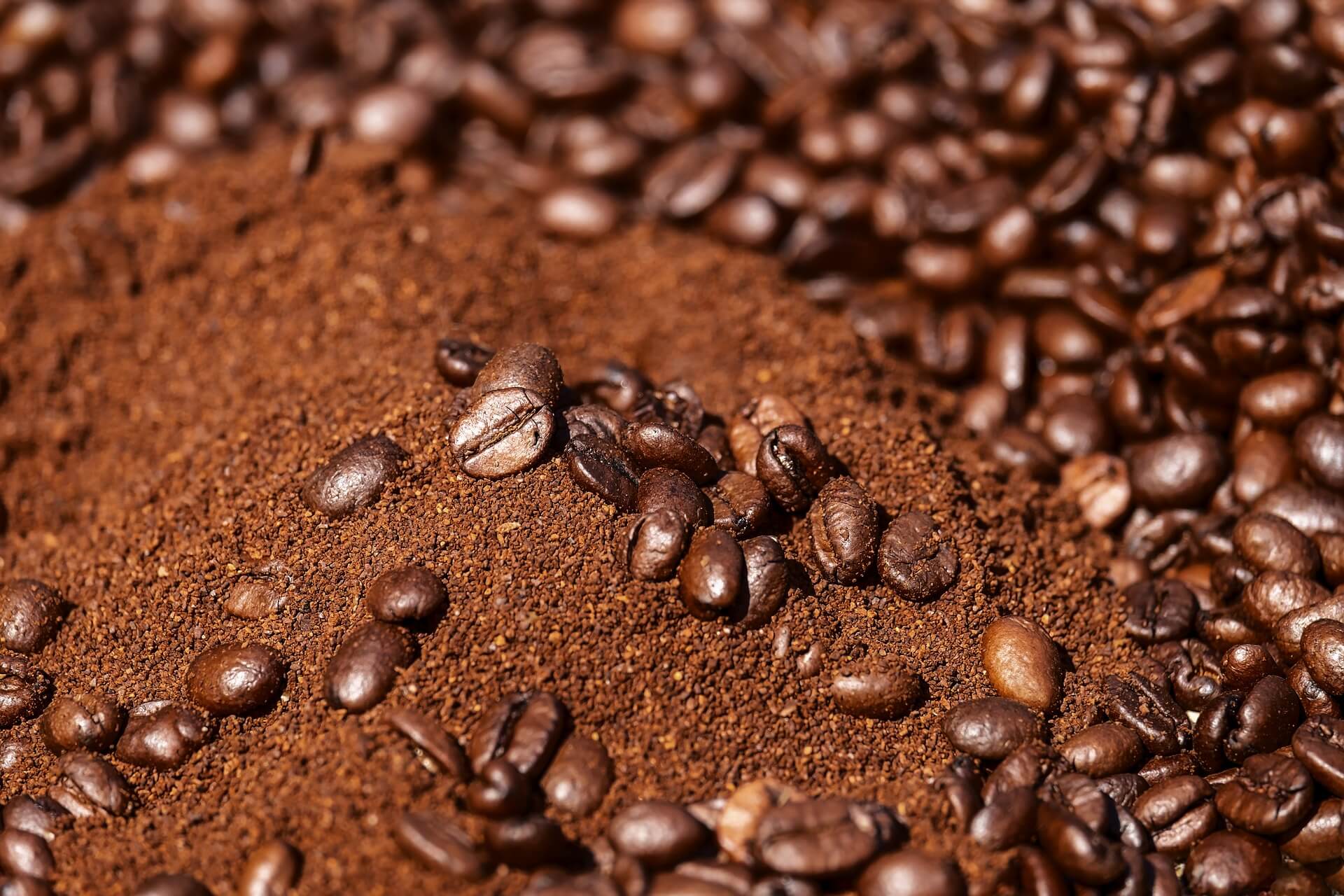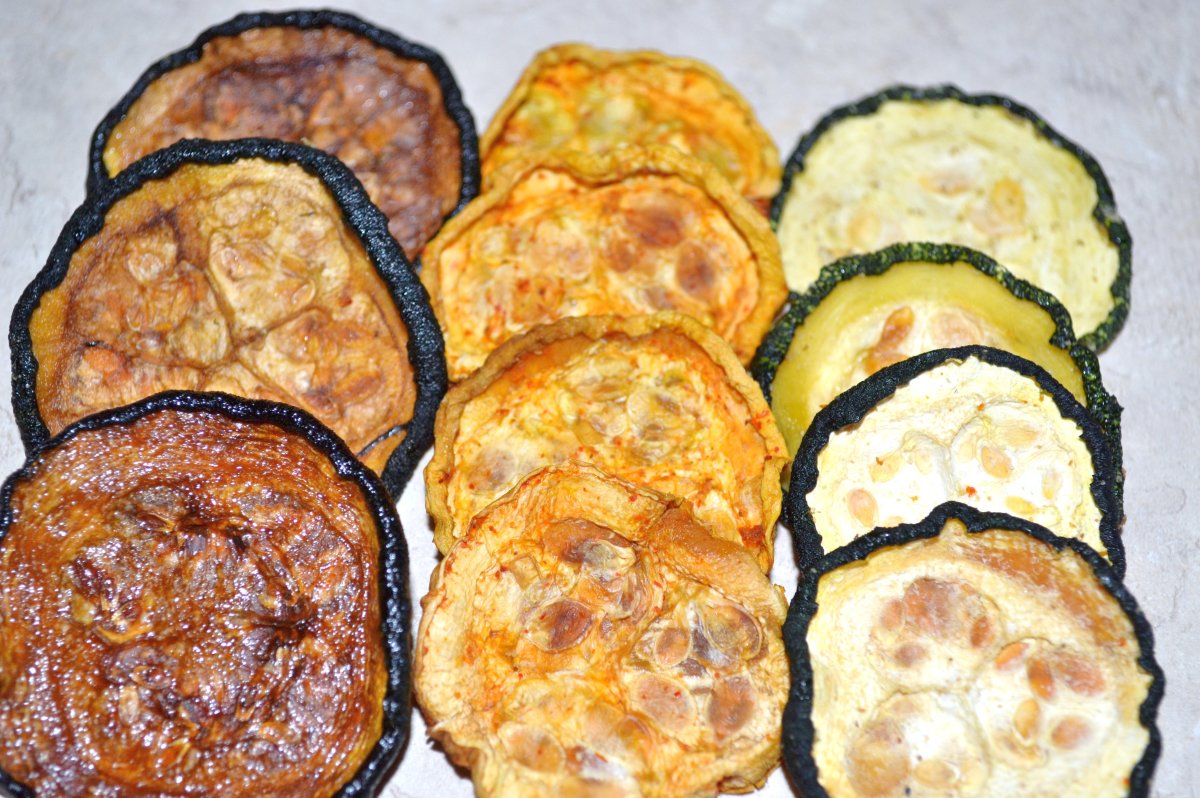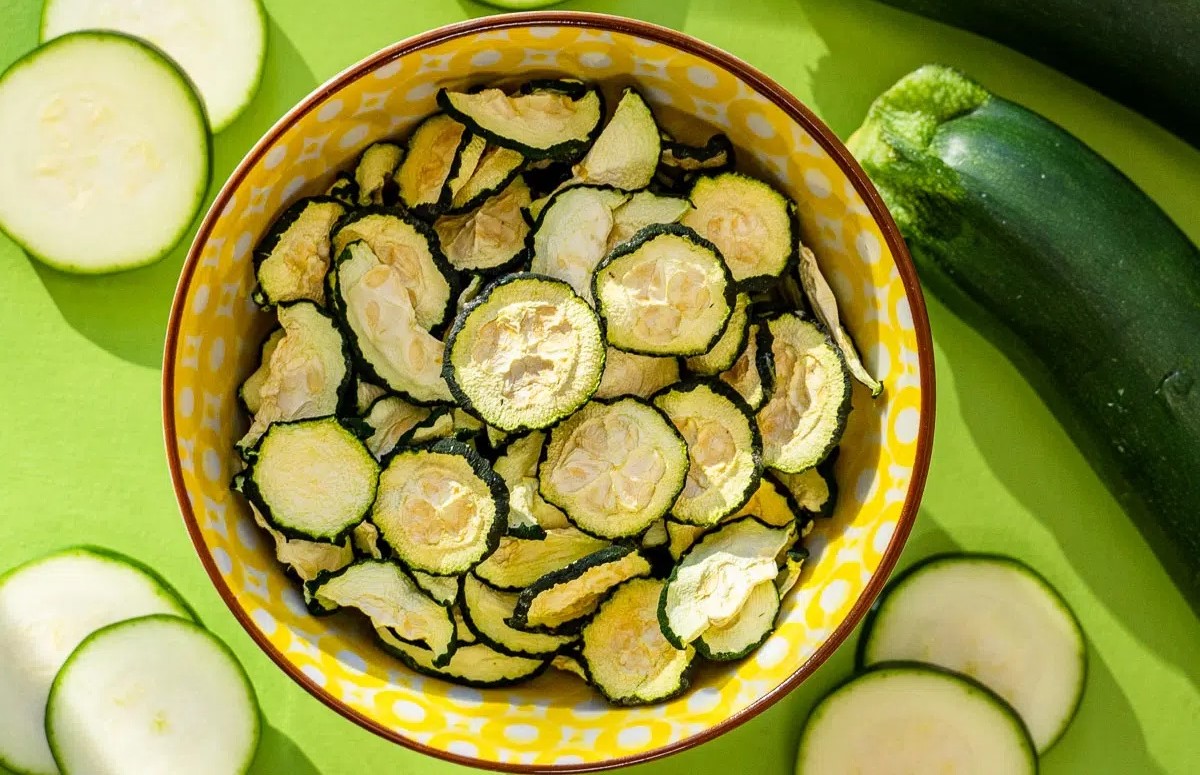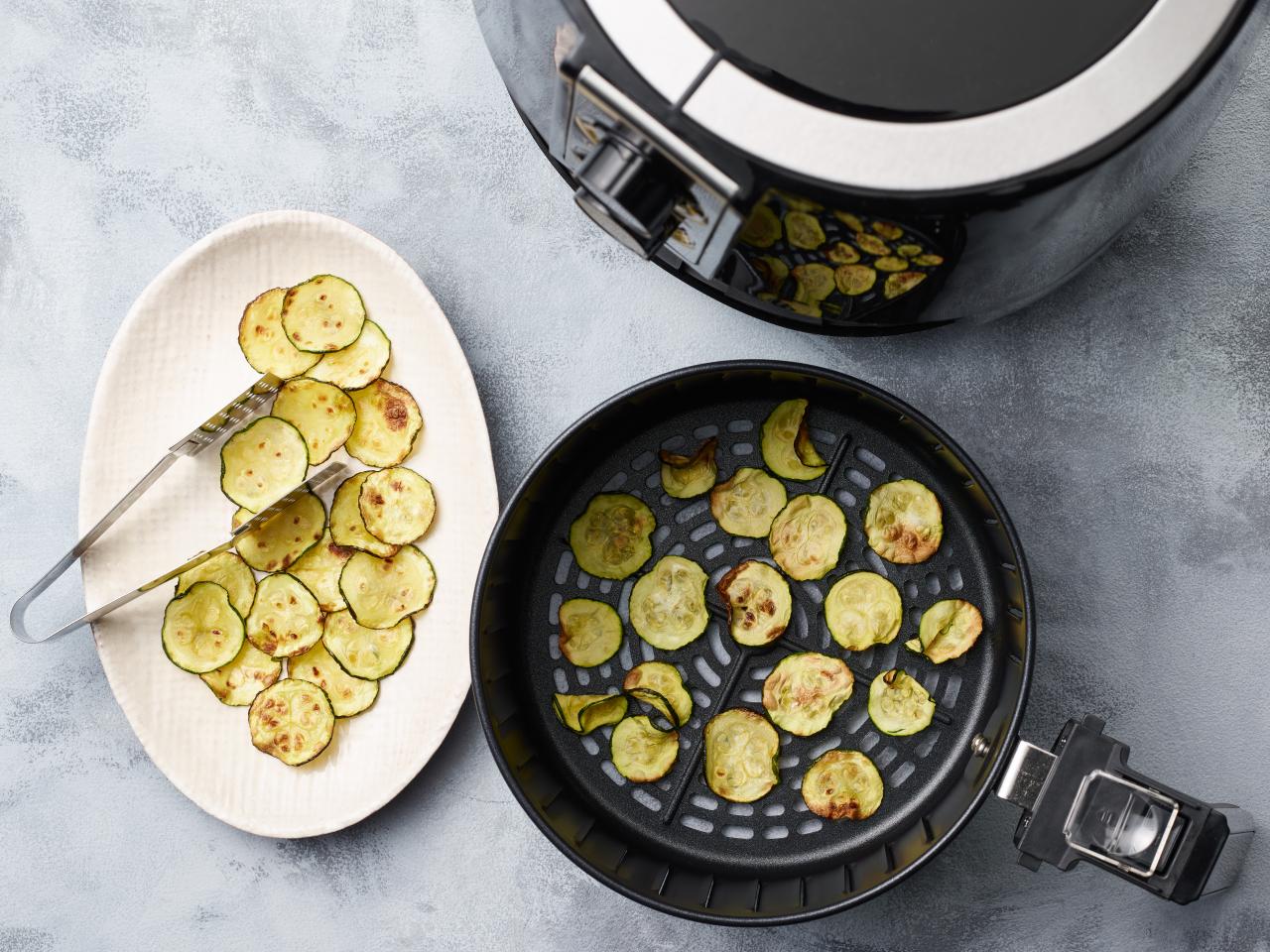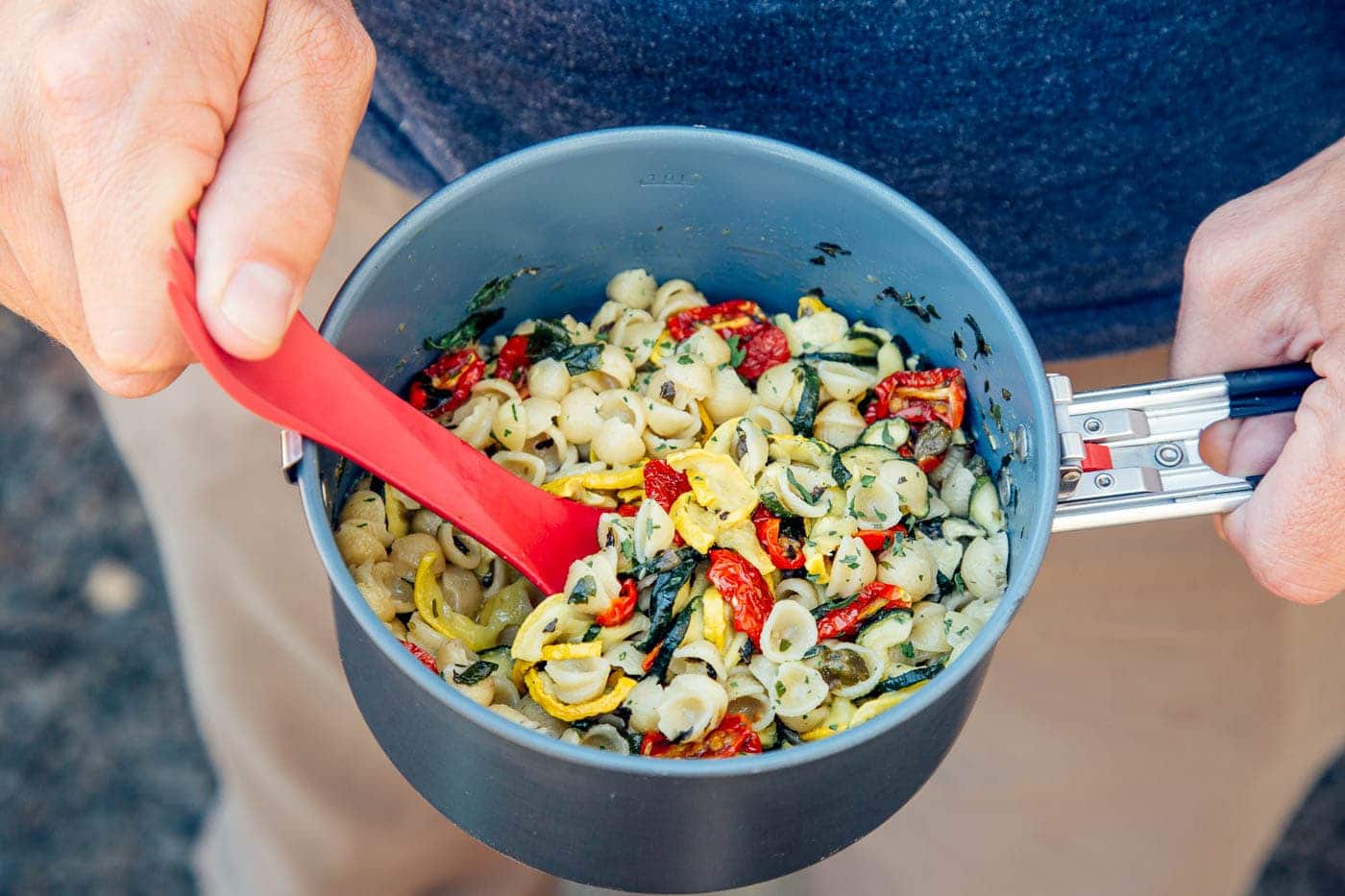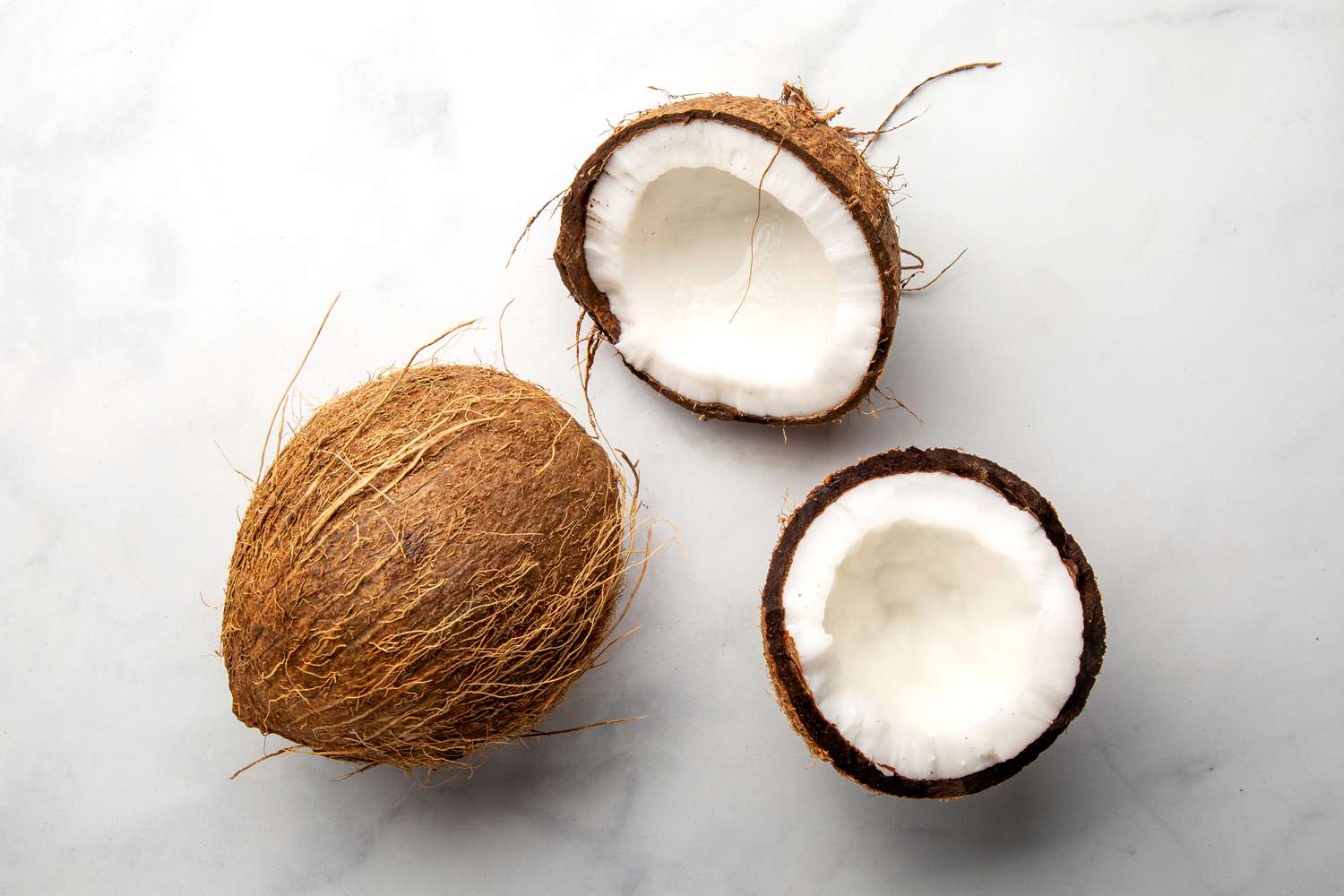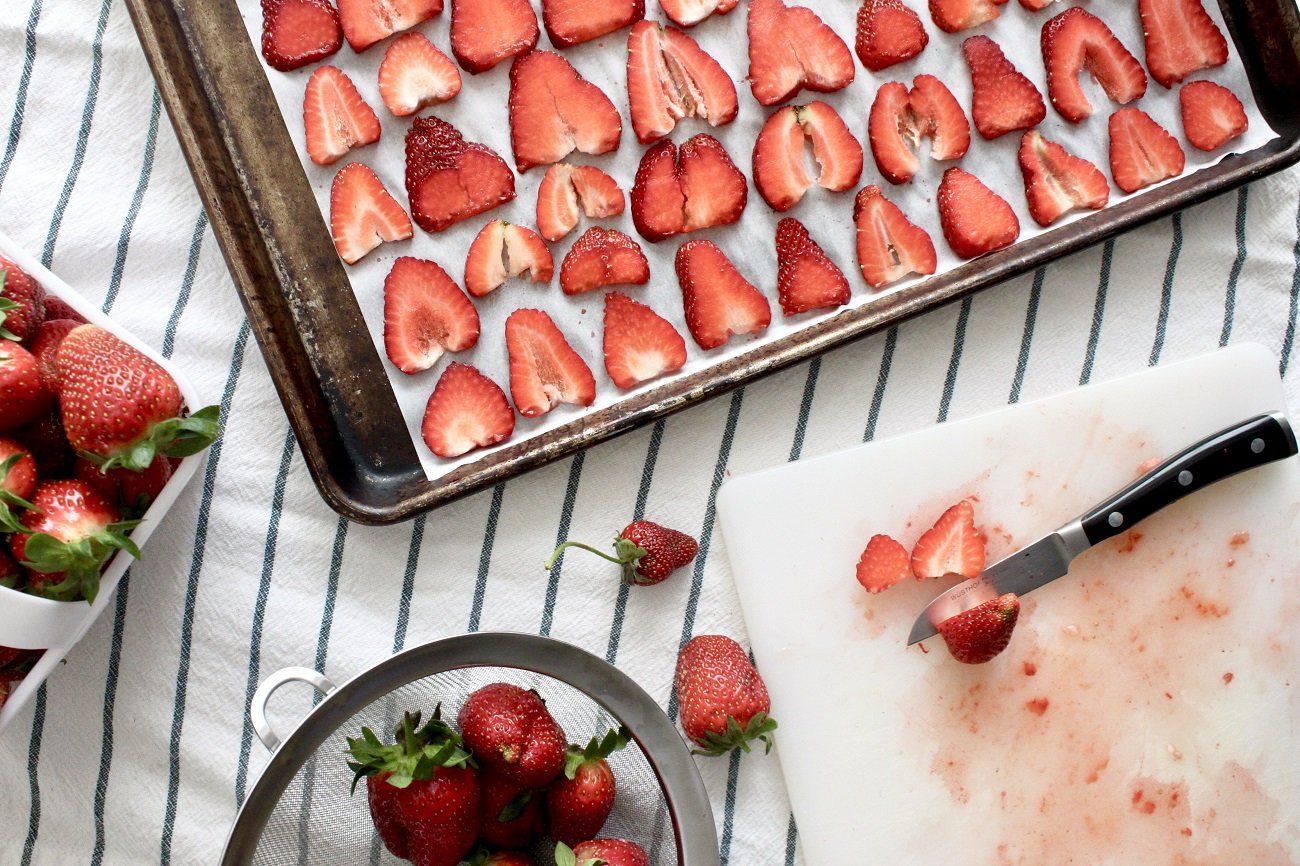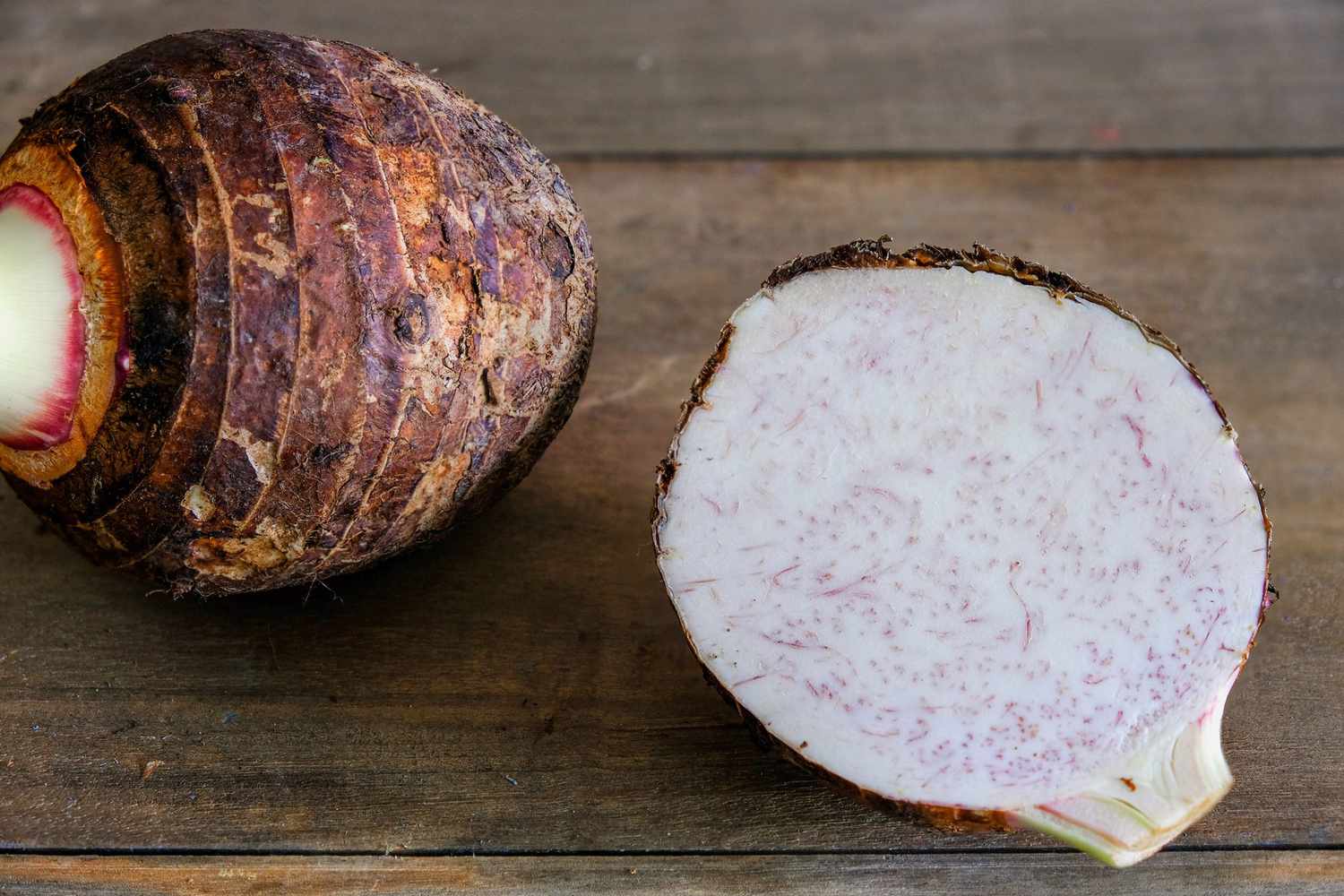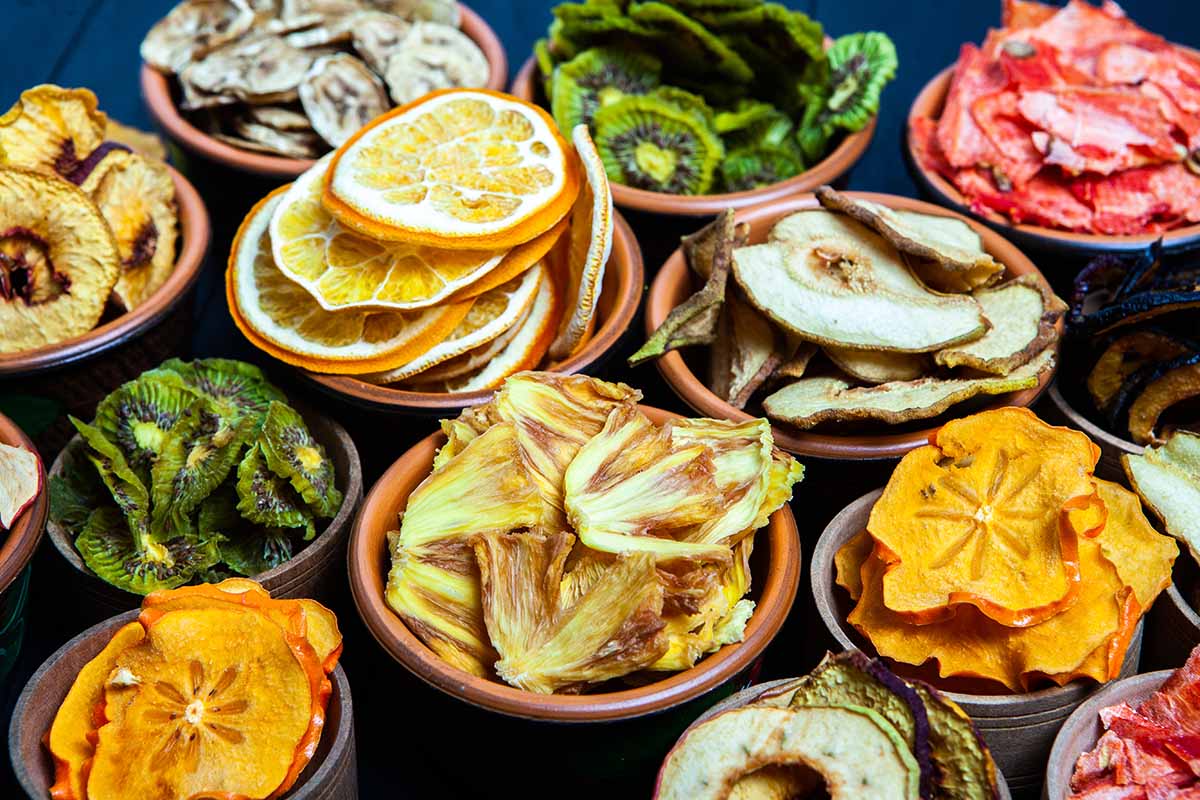Dehydrating Homemade Cat Food: A Step-by-Step Guide
As a pet owner, you want to provide the best nutrition for your feline friend. Making homemade cat food allows you to control the ingredients and ensure that your cat is getting a healthy and balanced diet. If you’re interested in preserving homemade cat food for later use, dehydrating it can be a convenient option. Here’s a step-by-step guide on how to dehydrate homemade cat food.
Step 1: Prepare the Cat Food
Start by preparing a batch of homemade cat food using high-quality ingredients that are safe and nutritious for your cat. You can find numerous recipes online for homemade cat food that include ingredients like lean meats, vegetables, and supplements. Ensure that the food is well-cooked and free from any bones or harmful additives.
Step 2: Portion the Food
Once the homemade cat food is ready, portion it into small serving sizes. This will make the dehydration process more efficient and ensure that the food dehydrates evenly.
Step 3: Choose a Dehydrator
Invest in a food dehydrator if you don’t already have one. Look for a dehydrator with adjustable temperature settings, as different foods require different drying temperatures. For cat food, a low to medium temperature setting is ideal to preserve the nutrients in the food.
Step 4: Arrange the Food on the Dehydrator Trays
Place the portions of homemade cat food onto the dehydrator trays, making sure to leave space between each portion for air circulation. This will help the food dehydrate evenly and thoroughly.
Step 5: Set the Temperature and Time
Set the dehydrator to the appropriate temperature for drying cat food, typically around 140°F (60°C). The drying time can vary depending on the moisture content of the food and the dehydrator’s efficiency. Check the food periodically and rotate the trays if necessary to ensure even drying.
Step 6: Check for Dryness
After several hours, start checking the homemade cat food for dryness. It should be firm and dry to the touch, with no moisture remaining. Keep in mind that the drying time can range from 6 to 12 hours, depending on the thickness of the food portions and the humidity level in the air.
Step 7: Cool and Store the Dehydrated Cat Food
Once the homemade cat food is fully dehydrated, allow it to cool to room temperature. Then, transfer the dehydrated cat food into airtight containers or resealable bags for storage. Store the dehydrated cat food in a cool, dry place away from direct sunlight.
Benefits of Dehydrating Homemade Cat Food
- Preserves the nutritional value of the food
- Extends the shelf life of homemade cat food
- Creates convenient, portable cat treats
- Reduces the risk of food spoilage
Dehydrating homemade cat food is a simple and effective way to preserve the nutritional value of the food while creating convenient, long-lasting treats for your feline companion. By following these steps, you can ensure that your cat receives the best homemade nutrition year-round.
More Delicious Dehydrated Cat Food Recipes to Try
After mastering the basics of dehydrating cat food, why not test your skills with a variety of recipes designed to keep your cat healthy and excited for mealtime? Consider starting with Tuna and Sweet Potato Cat Treats for a rich source of omega-3 fatty acids and vitamins. For cats who prefer poultry, the Turkey and Carrot Cat Nibbles offer a delicious mix of protein and beta-carotene. If you're feeling adventurous, the unique blend of flavors in Duck and Apple Cat Snack Bars makes for a delightful treat. These recipes not only utilize your new dehydration skills but also ensure your cat enjoys a diverse and nutritious diet.
Was this page helpful?
Read Next: How To Dehydrate White Mulberries
